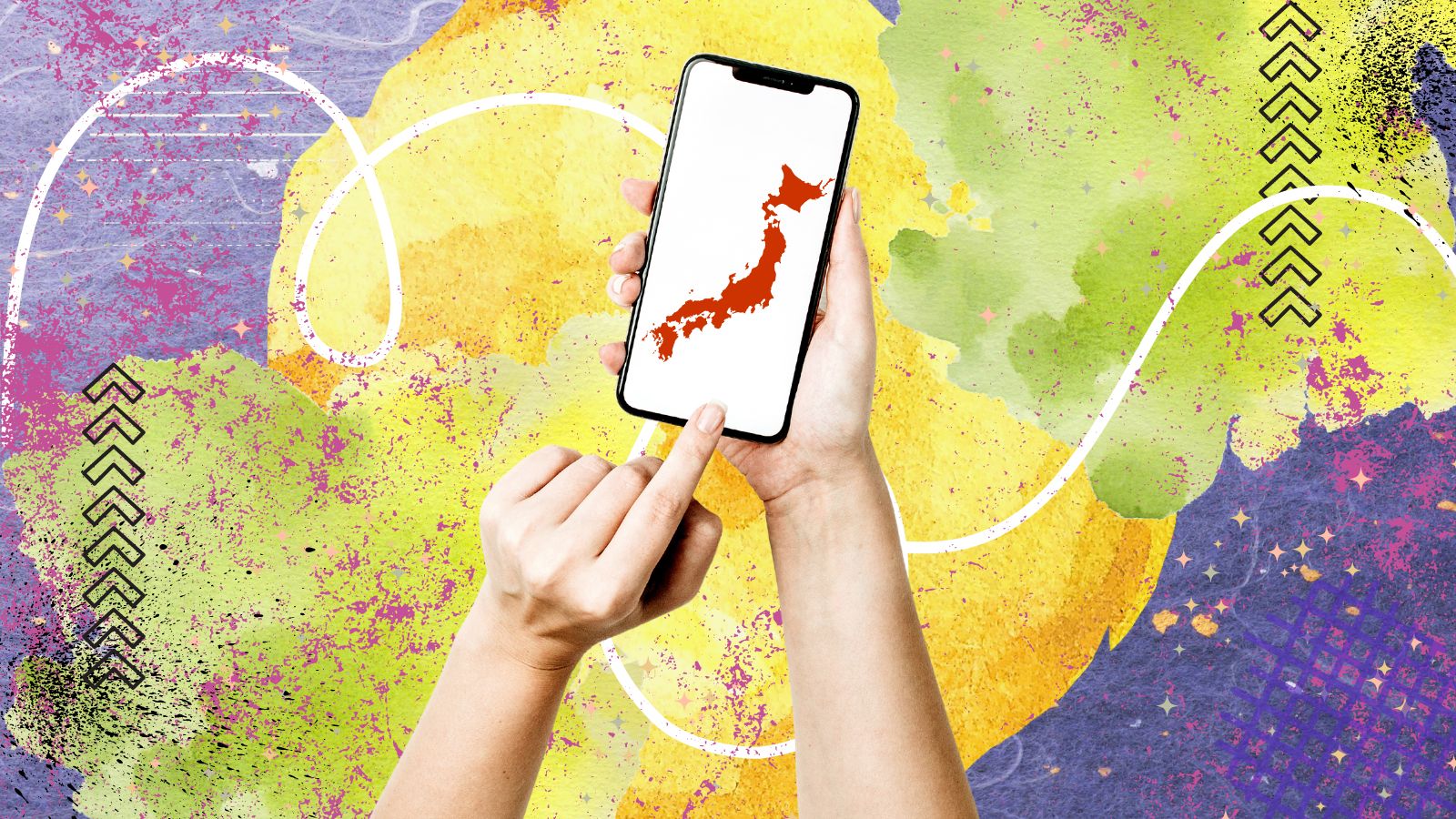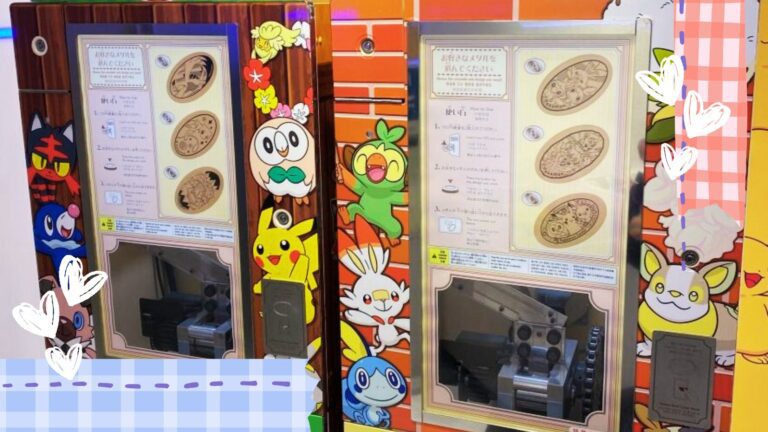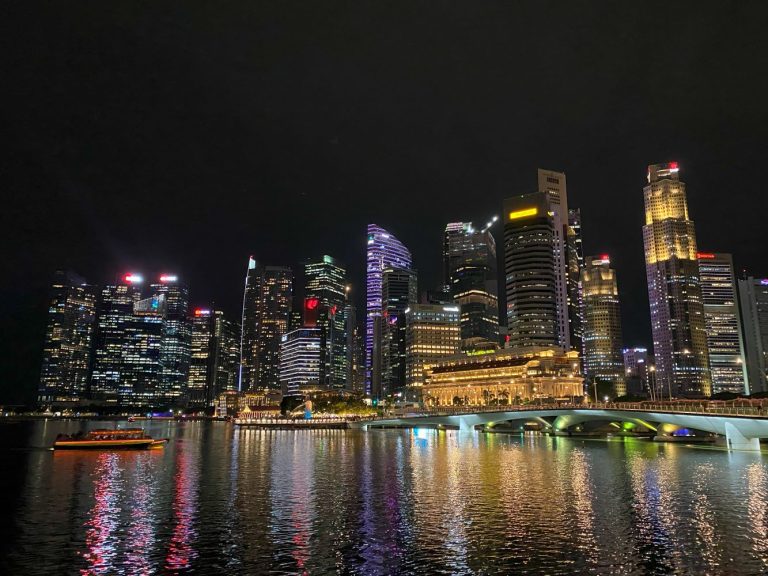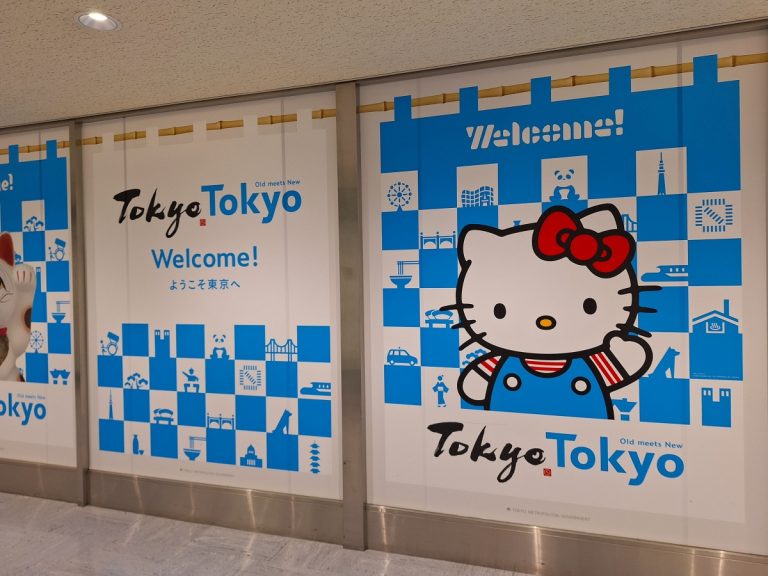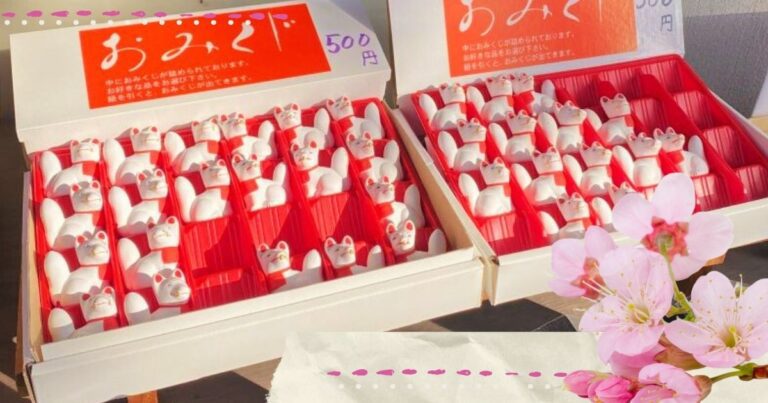SIM Cards & Wifi in Japan Guide (2024)
When traveling to Japan, staying connected is super important. Being able to use Google Maps, Instagram, and Whatsapp will make your visit so much easier, so you need to get some sort of data plan for your phone and/or figure out how you’ll connect using wifi around town.
Way back when, getting a SIM card in Japan was difficult and costly. It’s why so many people recommended getting a Pocket Wifi instead, as they were relatively cheaper and easier for tourists to get. However!! Things have changed (for the better) and now it’s EASIEST and CHEAPEST to get an eSIM.
Anything you can use the Pocket Wifi for, you can use with your SIM card and the free wifi at your hotel. As long as you have an unlocked phone that can use either eSIMs or physical SIM cards, you’re good to go.
Here’s an overview of the best SIM card and eSIM options and where to buy them.
Just Gone Wandering is supported by readers! This post contains affiliate links. If you click on a link and buy something, I get a small percentage at no extra cost to you. Your support helps keep this blog running— thank you! Read full disclosure here.
Japan Travel Essentials
The absolute must-haves for your trip!
Quick Picks
- Best eSIM: Moshi Moshi eSIM from Airalo
- Best SIM: Nippon SIM for Japan
- Best free Wifi: Starbucks!
Before you go: phone compatibility
Using an eSIM does have a few requirements:
Your phone must be unlocked AND able to use an eSIM.
That most likely means PAID OFF (aka you own it outright) and possibly manually unlocked by your phone company. If you pay your phone off as part of the monthly phone bill, it will MOST LIKELY not be able to use an eSIM because it is locked to the phone company you have the contract with.
You will also NOT be able to use a locked phone with a physical SIM card, because once again it’s locked to that phone company.
If you have an older phone that’s paid off, I highly recommend bringing that with you and using it if your main phone is still locked.
And finally, some cheap Android phones only use SIM cards, so make sure you can actually use an eSIM on your phone before you buy a data package. I have a Samsung phone that’s on the lower end of things and I can only use a physical SIM card with it.
On the other side, the newest iPhones don’t even have a SIM card slot (if they’re from the US) so you’d HAVE to use an eSIM!
Be sure to check your phone specs before you make a purchase and make sure you have something that’ll work for your needs.
Related: How to keep in contact while traveling abroad
Japan eSIMs
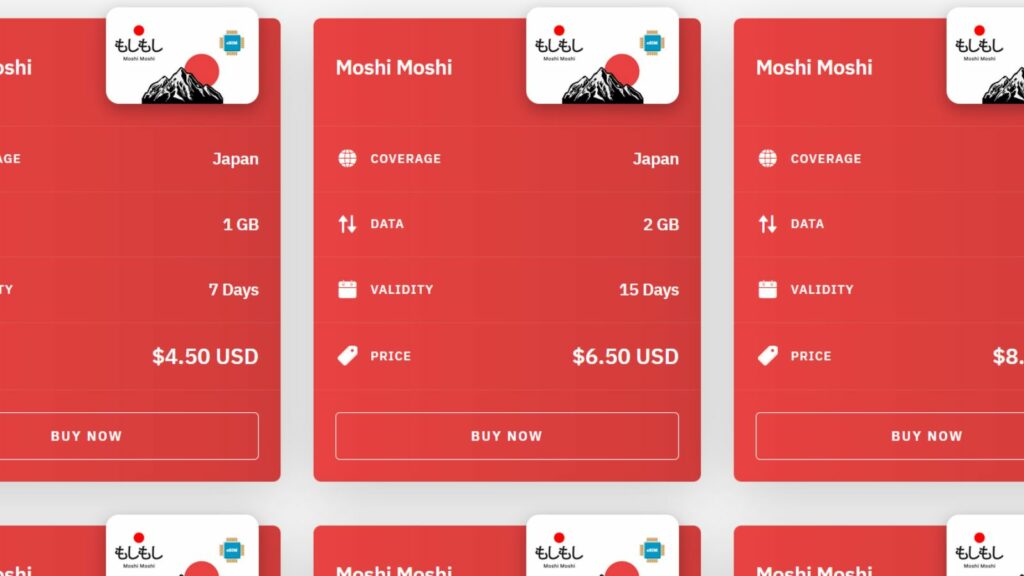
There’s a few places you can get eSIMs from.
Airalo
My favorite is Airalo, which has the Moshi Moshi eSIM. I’ve used this one while traveling in Japan and it worked perfectly fine for Google Maps, Instagram, web browsing, and even TikTok.
Plans available for Moshi Moshi:
- 1GB for 7 days
- 2GB for 15 days
- 3G, 5GB, 10GB or 20GB for 30 days
I tend to get the 5GB for 30 days one and do any heavy web surfing or IG posts while connected to wifi.
📲 Traveling through multiple countries? Grab the Asialink regional eSIM from Airalo. New users, use promo code NEWTOAIRALO15 to save 15%. Existing users, use promo code AIRALOESIM10 to save 10%!
Klook
Klook also sells eSIMs, but it takes a bit more searching to find a good data plan since there’s more than one provider listed. I also find that their date range tend to be shorter, with a max of 15 days. If you’re staying in Japan for longer it’d be cheaper and easier to get a 30 day eSIM from another provider.
On the plus side, they DO have unlimited data plans available, so if you’re planning on using a LOT of data then trying out an eSIM from Klook would be a good idea.
Sakura Mobile
Sakura Mobile also has an eSIM. They’re a little more expensive than the other eSIMs, but you can get a larger data package. They actually have these available on Klook now!
On Klook the Sakura Mobile data plans are:
- 3GB, 5GB, 10GB for 3 days
- 3GB, 5GB, 10GB for 5 days
- 3GB, 5GB, 10GB for 7 days
- 10GB, 20GB, 30GB for 10 days
- 10GB, 20GB, 30GB for 15 days
- 10GB, 20GB, 30GB for 20 days
- 10GB, 20GB, 30GB for 30 days
They’re a little more expensive than the physical Sakura Mobile SIM cards, but it’s easier to buy and set up.
Japan SIM Cards
If you can’t use an eSIM, or just prefer a physical SIM card, then there’s a few options for you.
Sakura Mobile
Sakura Mobile is the one you’ll most likely see around the airport. They have unlimited data plans for 8 days, 15 days, and 30 days.
Sakura Mobile physical SIM data plans:
- 8 days: ¥4,500 (unlimited data)
- 15 days: ¥6,500 (unlimited data)
- 30 days: ¥9,000 (unlimited data)
You can also have them delivered to your hotel if you don’t want to waste time at the airport! Check that out here.
IIJmio Travel SIM
There’s also the IIJmio Travel SIM, which is available at major electronics stores like Bic Camera, Yodobashi Camera, and Kojima. A 30-day SIM with 3GB of data costs around ¥2,480. Tbh, not the greatest price and it means having to go into town to get a SIM card.
Amazon
And finally, there’s a few SIM cards you can get delivered from Amazon before you go:
- Japan Rakuten Mewfi SIM which has a 1 year coverage up to 50GB
- Nippon SIM for Japan which has several different kinds, including 135GB for 90 days
Wifi & Internet Connections
Every place I’ve ever stayed at in Japan has had free wifi for guests, but if you run into some place that doesn’t then there’s a few places you can go to get free wifi.
IMPORTANT: If you’re using public wifi to do anything personal, like check your bank balance or buy a plane ticket, then you need to use a VPN. Basically, VPNs protect you by blocking your internet usage from people who spy on public traffic trying to get personal info. I use and recommend Express VPN.
1. Airports
Major airports such as Narita, Haneda, and Kansai provide free wifi for travelers. They’re usually slow and not that great to use, but if you’re desperate then it’s good to have as an option. There’s usually a sign or something that shows how to connect to the official airport wifi. If you can’t find it, check the information center or tourist info booth and they’ll usually be able to help you.
Related: How to Get to Tokyo from Narita Airport
2. Train Stations
Surprise! Many train stations have free wifi somewhere, especially the larger stations. For instance, the major stations in the JR East area have wifi, and if they’re attached to a shopping mall then usually the mall has free wifi as well.
Tokyo Metro also has free wifi at many of their stations, too.
3. Convenience Stores
Convenience stores like Lawson, FamilyMart, and Seven-Eleven offer free wifi to customers. It’s not always obvious but there should be a sign showing how to connect (usually in Japanese). If the conbini has a seating area for customer to eat in, then they’re more likely to have free wifi as well.
Related: Tokyo Convenience Store Food Prices 2024
4. Cafes and Restaurants
Many cafes, including international chains like Starbucks, have free wifi. Usually you have to buy something and the free wifi code will be at the bottom of the receipt.
5. Shopping Centers
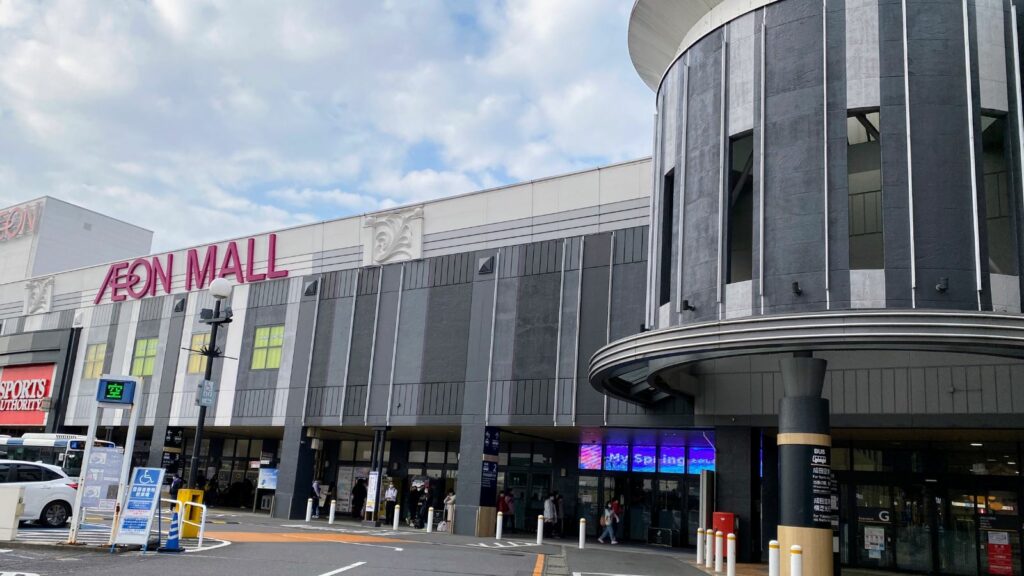
Large shopping malls and department stores frequently offer free wifi, especially the big ones with 20 floors (for instance). Look for the Information desks to find out how to connect to the network.
6. Tourist Attractions
Popular tourist spots, museums, and public parks often have free wifi, especially in larger cities. Tokyo and Kyoto even have initiatives to provide free internet access at key tourist attractions and public spaces.
7. City Wifi
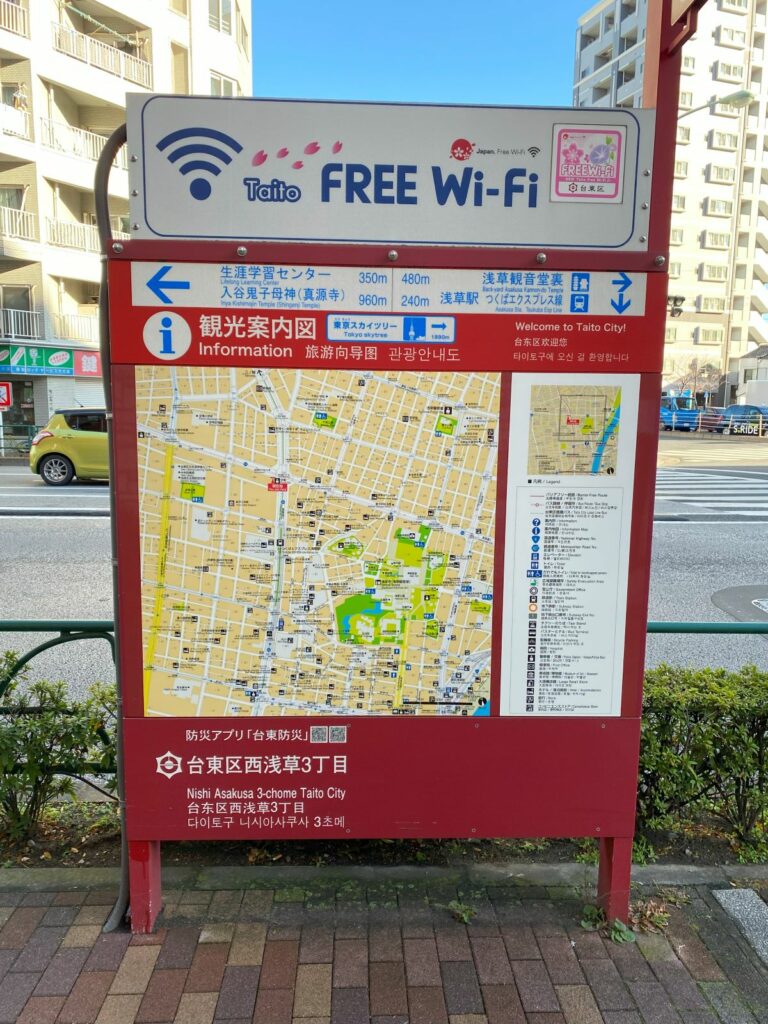
Some cities, including Tokyo, offer free municipal wifi services in public areas. For example, “Tokyo Free Wi-Fi” can be found in parks, tourist information centers, and major pedestrian areas. You’ll usually see a little sign next to a tourist information map showing that there’s free wifi in that area.
Final Tips
It’s easy to stay connected while traveling around Japan, as long as you make sure to do some prep work before you arrive. Make sure your phone can use eSIMs, or be prepared to use physical SIM cards while you’re there. Remember, you can always supplement your SIM card data plan with free wifi spots around town!
Save to Pinterest
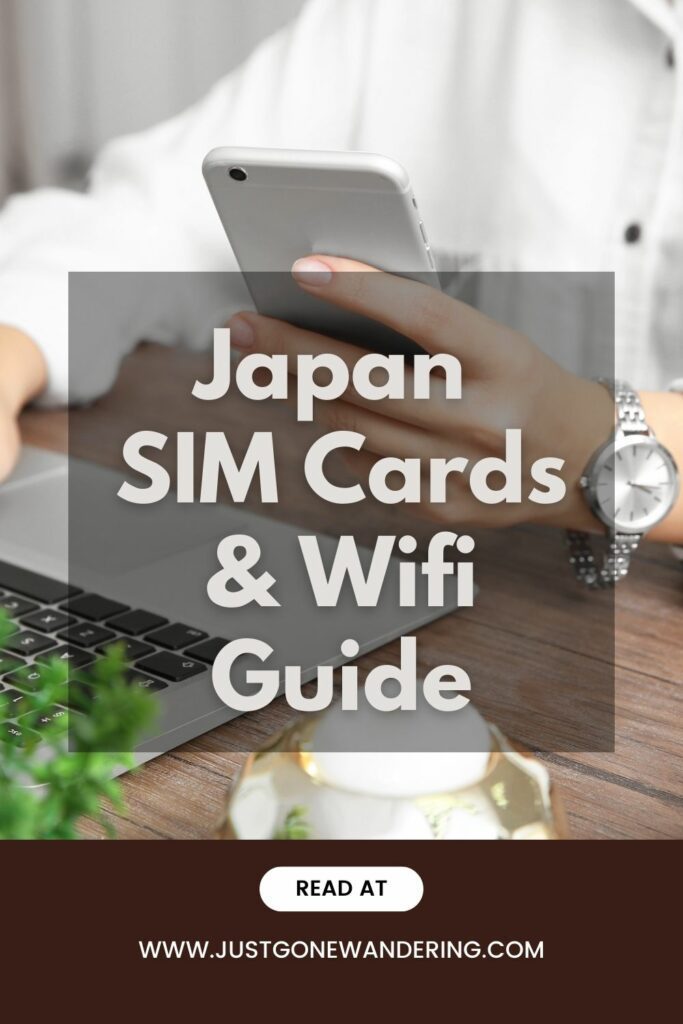
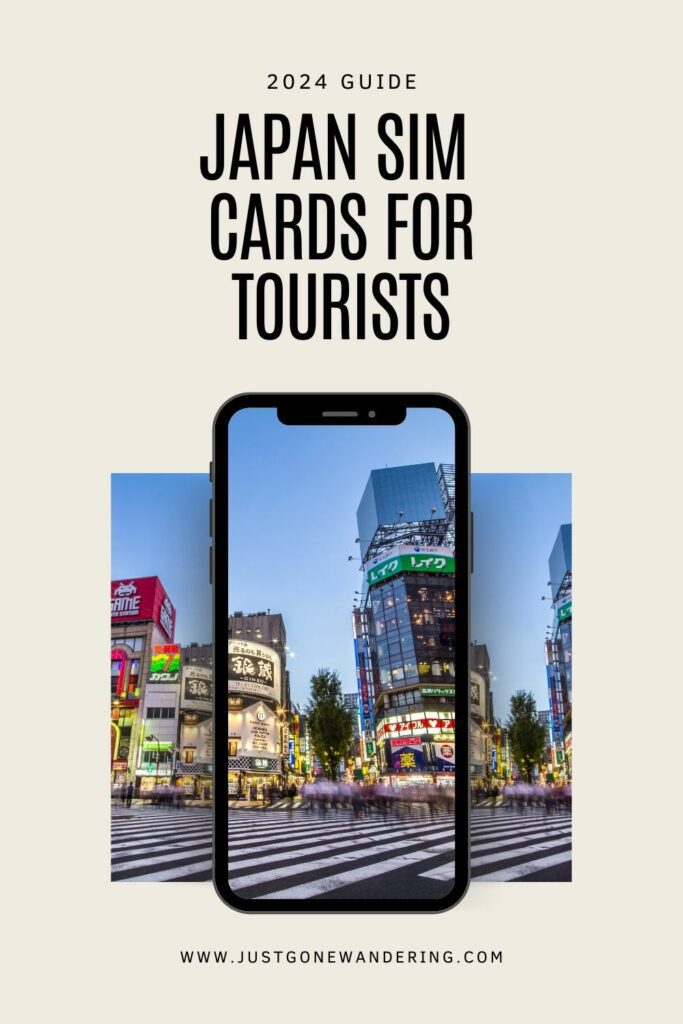
Explore More
More posts about traveling in Japan:
- Travel Japan for Cheap on Highway Buses
- Japan Budget Travel Guide (2024)
- How to Find Eki Stamps in Japan
- Japan Grocery Store Food Prices 2024
- Kawagoe, the Little Edo | Tokyo Day Trip
- Exploring the Mozu Tombs in Japan
- Up the mountain in Yonago, Japan
- Exploring Japan — all posts about Japan
Best Travel Resources
- 👩💻Stay organized with the Deluxe Travel Planner Spreadsheet
- 🛌Search Hostelworld for budget stays
- ✈️Search SkyScanner for discounted flights around the world
- 😺Join TrustedHousesitters and do petsitting in exchange for accommodation
- 💳Carry Chase Sapphire Preferred for a travel-friendly credit card
- 📱Use Airalo for eSIMs around the world
- 🚙Check DiscoverCars for international car rentals
- 👩💻Snag ExpressVPN to stay safe while browsing the web
- 🧑⚕️Sign up with VisitorsCoverage for trip insurance

